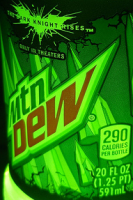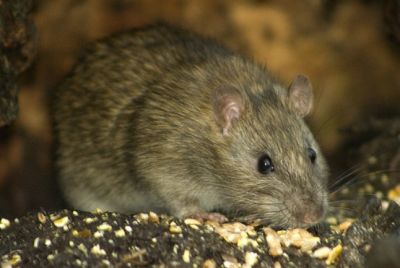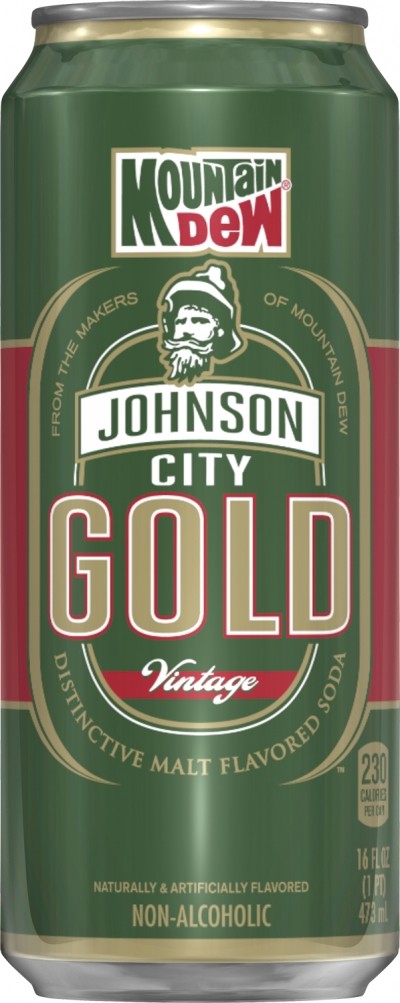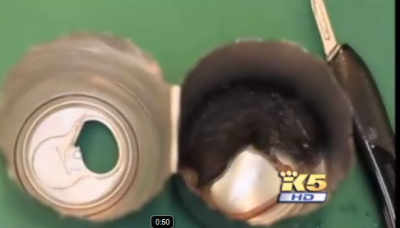NEWS IN BRIEF
Mountain Dew mouse case dissolves as PepsiCo settles
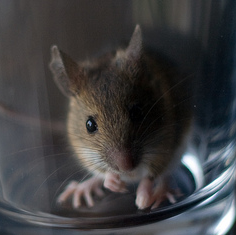
The Madison County Record, a newspaper based near where the plaintiff, Ronald Ball, lives, reported the news on Monday.
The paper quoted Ball's attorney Ed Unsell, who said that PepsiCo denied liability, but that the deal had been settled out of court for an undisclosed sum.
Wisconsin state resident Ball claimed he found the mouse in the vivid green soda after buying it from a vending machine in 2009, and had sought $75,000 damages.
PepsiCo fought the claim, producing a scientific witness who testified that there was no way the creature could have passed the bottling process intact, and would have dissolved into a jelly-like substance instead.
Whatever their effect on mice, the dissolving acidic effects of citrus-based sodas such as Mountain Dew have been linked by scientists to problems in humans, namely dental caries.
A pilot study published in the January-February 2005 edition peer-reviewed journal General Dentistry found that immersing teeth in Mountain Dew resulted in enamel weight loss of over 3.5% over a 336 hour period.
This study, 'Dissolution of Dental Enamel in Soft Drinks', involved continuous exposure of enamel from cavity-free molars and premolars to soft drinks.
These included energy drinks, fitness water and sports drinks, as well as non-cola beverages such as lemonade and iced tea, with exposure lasting 14 days (336 hours), equivalent to 13 years of normal beverage consumption.
Authors J. Anthony von Fraunhofer and Matthew Rogers wrote that soft drinks usually contained one or more food acidulants.
Enamel under attack...
Phosphoric and citric acid were the most common, but malic, tartaric and other organic polybasic acids could also be present, they added.
A "marked disparity" in enamel attack between cola drinks compared with non-cola drinks and canned iced tea could not be ascribed simply to soft drink pH alone, Von Fraunhofer and Rogers wrote.
This was because they found no correlation between beverage pH and enamel dissolution, with the pH range for most beverages (standard Mountain Dew weighed in at 3.14) well below the dental caries threshold of 5.5.
"This range suggests that enhanced enamel dissolution results from effects other than simple beverage pH, most likely the additives within non-cola beverages that are necessary for achieving the desired palatability," according to the authors.
Polybasic acids could maintain tooth surface pH well below the 5.5 threshold even with marked dilution, they added, and were thus "very aggressive towards dental enamel".
